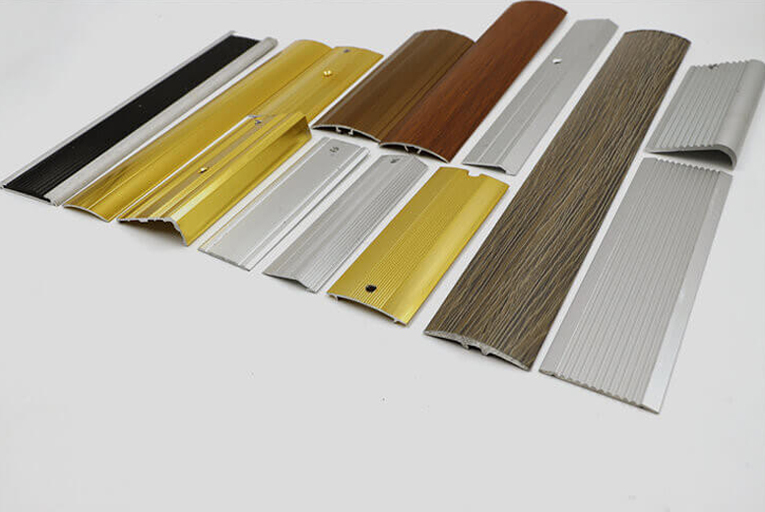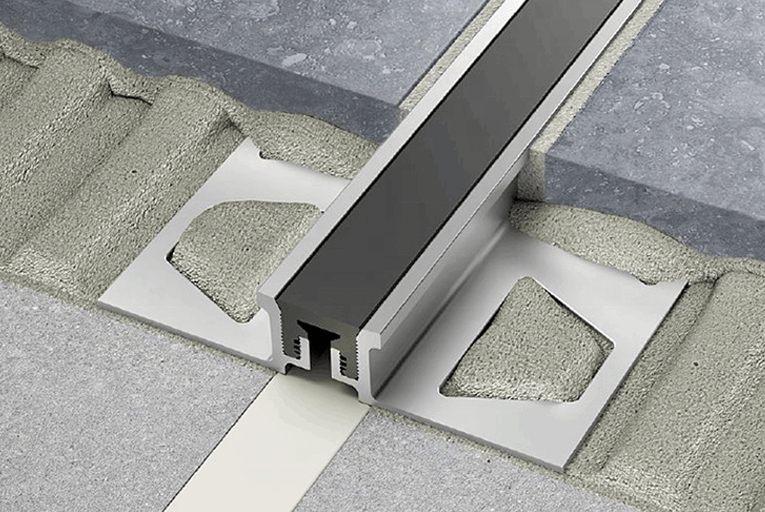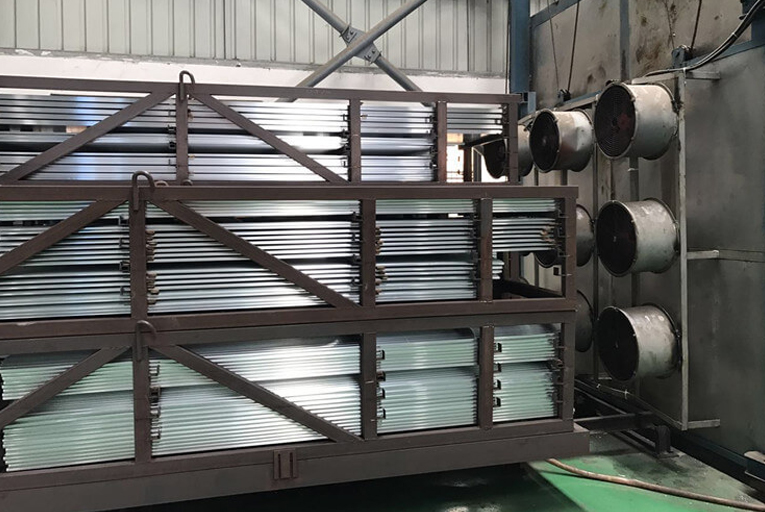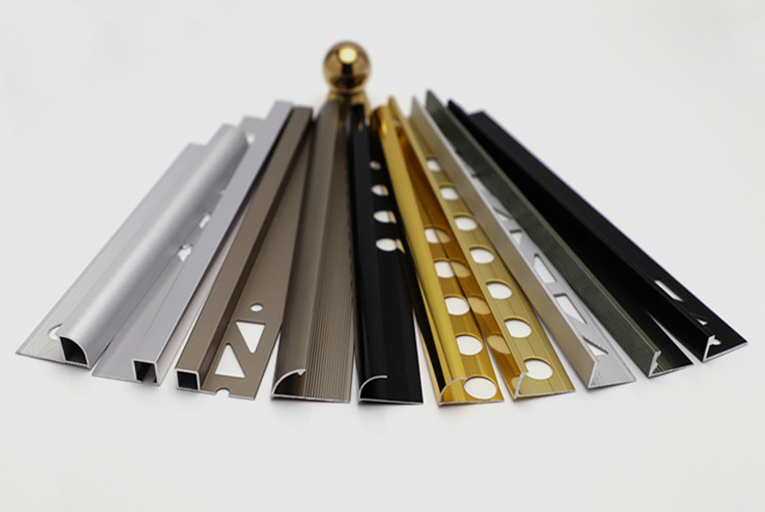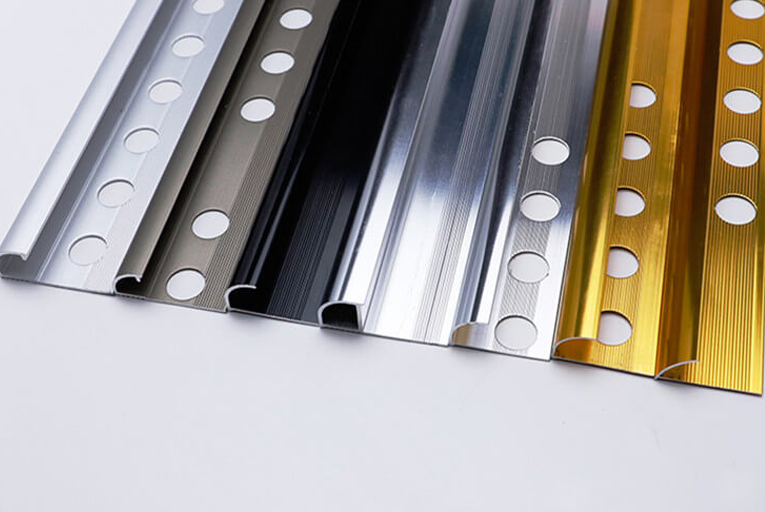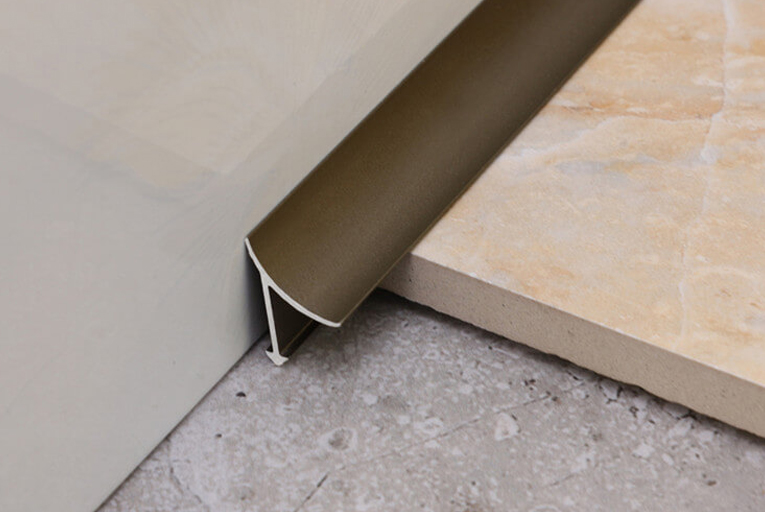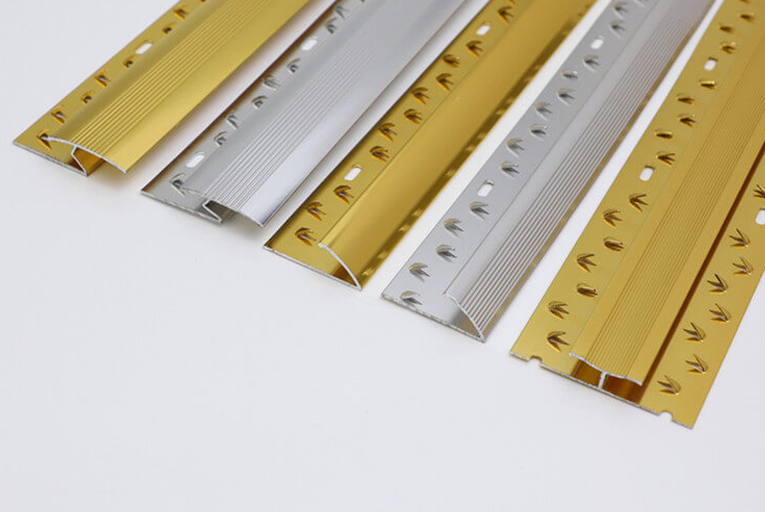The Perfect Fit- Finding the Right Tile Transition Strips for Your Project
Introduction
Tile transition strips are an essential component of any tiling project, serving as a bridge between different flooring surfaces. They ensure a seamless and secure connection, preventing tripping hazards and enhancing the overall aesthetics of the space. Navigating the wide selection of tile transition strips available can be overwhelming, but with careful consideration, you can choose the perfect fit for your project. This comprehensive guide will provide you with all the information you need to make an informed decision.
Material Options
Metal
Pros: Durable, affordable, and easy to install.
Cons: Can be susceptible to rust and corrosion, especially in areas with high moisture.
Ideal for: Low-traffic areas, commercial spaces, and outdoor applications.
Plastic
Pros: Lightweight, flexible, and resistant to moisture.
Cons: Not as durable as metal, may warp or discolor over time.
Ideal for: Indoor areas with moderate traffic, such as bathrooms and kitchens.
Wood
Pros: Natural aesthetic, warm and inviting.
Cons: Requires regular maintenance, susceptible to moisture and warping.
Ideal for: Transitional areas between hardwood or laminate flooring and tile.
Style Considerations
Shape and Size
Flat: Most common type, provides a flush transition between surfaces.
Angled: Creates a beveled edge, reducing the risk of tripping.
Rounded: Offers a smooth and subtle transition, suitable for curved surfaces.
Width: Varies depending on the width of the tile gap or seam.
Color and Finish
Match the tile: Choose a transition strip that matches the color and texture of the tile for a seamless look.
Contrast with the tile: Opt for a contrasting finish to create a striking accent.
Brushed or polished: Different finishes provide a range of aesthetic options, from contemporary to traditional.
Functional Features
Expansion Gap
Prefilled: Expansion foam provides a gap between the strip and the tile, accommodating for movement and expansion.
Unfilled: Requires the use of a separate expansion joint material.
Important: Expansion gaps prevent cracking and buckling due to thermal expansion or contraction.
Slip Resistance
Smooth: Suitable for areas with low traffic or no risk of moisture.
Textured: Provides additional traction, ideal for wet areas like bathrooms.
Consider the foot traffic: Choose a slip-resistant strip for high-traffic areas to ensure safety.
Choosing the Right Strip
Evaluate the project requirements: Determine the flooring materials, traffic level, and moisture exposure.
Consider personal preferences: Decide on the desired style and finish to complement the overall design.
Measure the gap: Measure the width of the gap or seam between the tile surfaces.
Consult with a professional: If needed, seek guidance from a tile installer or flooring specialist for expert advice.
By carefully considering these factors, you can select the perfect tile transition strip that will enhance the functionality and aesthetics of your project for years to come.
-
The 6 Hottest Tile Trim Solutions for 2021
2022-02-09 -
How to Install Tile Trims Line?
2022-02-09 -
Difference Between Sandblasting and Anodizing Surface Treatment of Aluminum Tile Trim
2022-02-09 -
The Different Uses of Tile Outside Corner Edging Trim and Inside Corner Edging Trim
2022-02-09 -
The Most Popular 5 Different Materials of Tile Trim Line
2022-02-09 -
What is Carpet Cover Trim?
2022-02-09
